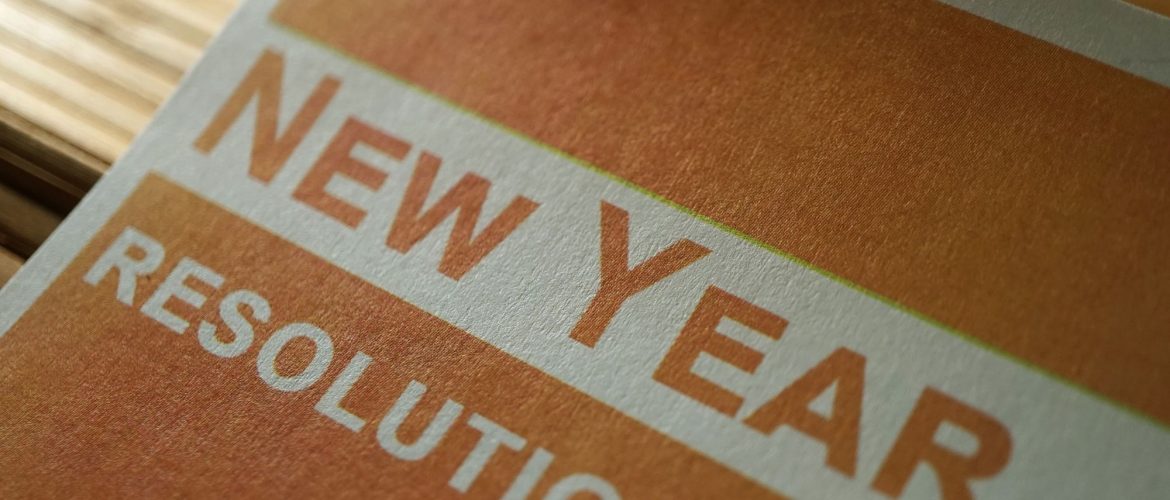Sankalpa (Intention): A New Year Resolution from the Mind
- January 10, 2025
- Posted by: admin
- Category: Featured Content,

By Nicole Yong.Y.Y
People often practise yoga with a desire to change or grow in some way—be it for health reasons, to transform a mental or physical state, or even to manifest something. Some students try to begin the New Year with positive resolutions; however, regular daily yoga practice often remains only a “dream”.
Why Is It Hard to Make a Change?
According to yogic philosophy, a person’s experiences throughout life are “recorded” and form samskaras (impressions or seeds), which are held in the unconscious layers of the mind.
Whether we notice it or not, the challenge lies in the fact that the roots of these “seeds” constantly influence our behaviour and tendencies in daily life. To reach these roots, we must access the deeper layers of the mind.
New Year Resolution vs. Sankalpa
A typical resolution, such as a New Year’s resolution, is usually made at the level of the conscious mind—like planting a seed on the surface of the soil.
By contrast, sankalpa is used when the yoga practitioner is in a receptive state, such as during Yoga Nidra (a deep relaxation technique) or other subtle yogic practices.
During deep sleep, we are unaware of the presence of theta or delta brainwaves. However, in Yoga Nidra, we remain conscious while in a receptive, sleep-like state, where there is an immense opportunity to clear impressions from the deeper mind and plant a “positive seed”. In this way, the unconscious mind becomes ready to influence the waking state and our day-to-day experiences.
Sankalpa vs. Desire
There is a distinct difference between sankalpa and desire. Desire carries expectations and demands immediate fulfilment; when these expectations aren’t met, one may feel angry or upset.
Sankalpa is a positive intention. This means that through the practice of Yoga Nidra, we expand our consciousness to the universe and make a heartfelt wish, allowing it to unfold whenever it has to and in its own time. When we set a clear intention and focus our attention on it, the process of manifestation begins.
Take note: the sankalpa of a weak mind is ineffective. We can strengthen our minds through sadhana (regular yoga practice and self-effort), supported by knowledge. Then, the sankalpa will also gain strength.

How to Set a Sankalpa?
“A resolve or sankalpa is made during the practice of Yoga Nidra. It should be something of immense importance to you. In the state of Yoga Nidra passivity, this autosuggestion is very powerful.
Such resolves can change your whole life. They will certainly come true if you repeat your resolve with enough conviction.”
– Swami Satyananda Saraswati
A sankalpa is an affirmation you make to awaken inner strength which you may feel is necessary to provide you with internal balance. It is a tool to focus our energy and prana (life force).
Thus, sankalpa is an important tool in yoga. It allows you to appreciate and become aware of the deeper purpose behind each practice. For example, the sankalpa of the Gayatri Mantra is to enlighten our intellect and guide us on the right path. The sankalpa of the Mahamrityunjaya Mantra is for health and victory over death and karma. Every asana, pranayama, and meditation practice carries a sankalpa.
In the initial stages, a smaller focus or mini-sankalpa, which feels achievable in the shorter term, can be used. Here are a few examples you might begin with:
- I awaken my spiritual potential.
- Compassion is my true nature.
- I am strong in body and mind through regular yoga practice.
- I always have harmony in my life.
- I treat myself and others with loving-kindness.
A sankalpa is deeply personal. Hence, it is suggested that you take time to discover your true, heartfelt intention and shape it into a clear resolve.
Having a sankalpa is essential for personal growth and transformation. It can lead us not only towards short-term success in life but also help align all aspects of ourselves. Through sankalpa, we consciously direct the energy of our mind to bring about positive change in our lives.
Have you already set your sankalpa for the New Year? No worries—you’re still on time.
